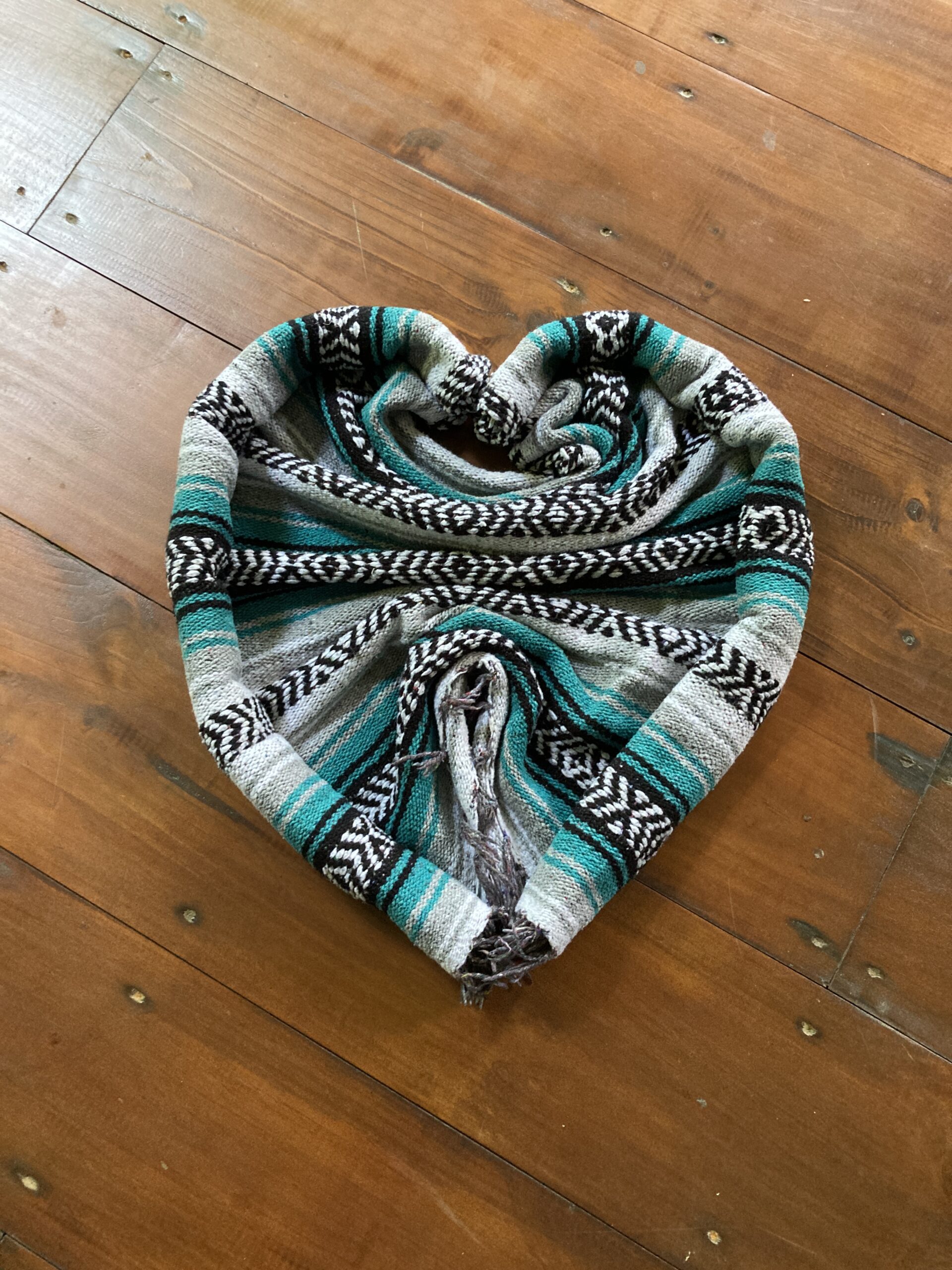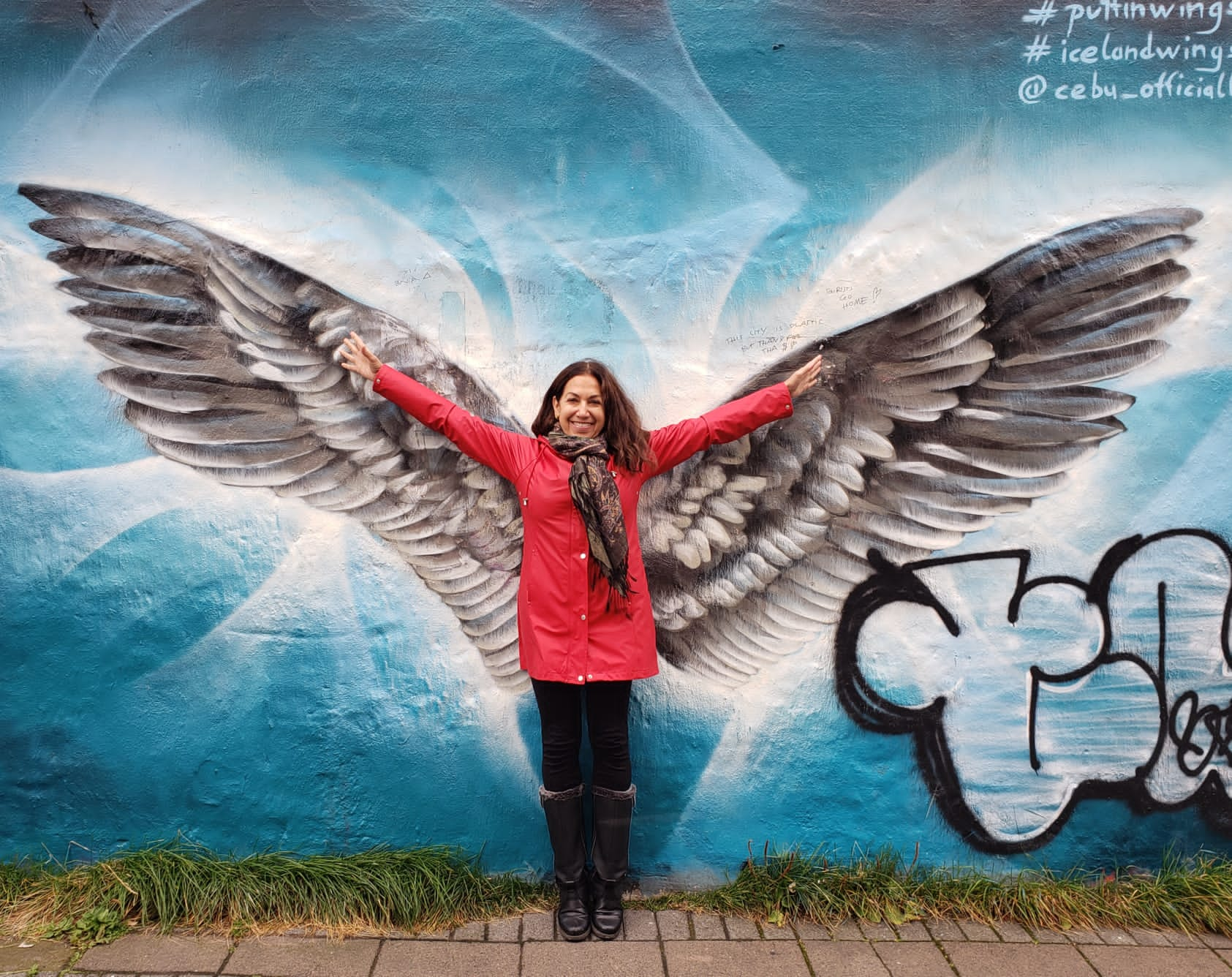I have fallen behind in my blogging! We are no longer in Kyoto, but spent 4 incredible nights there. Below are photos from some of the highlights of our visit to the Gion district of Kyoto. Whenever I go somewhere I love, I always say, “I could live here!” Well, I could live in Kyoto and never grow tired of exploring this fascinating city with all of its rich culture. Gion is the entertainment district of the city. It is also known as the Geisha District.
We took the Shinkansen (Bullet Train) to Kyoto. This is the high speed train. The average delay of the shinkansen in ONE MINUTE. It basically runs on time! Exactly on time. When it arrives at the station, we have exactly TWO minutes to board. There is no messing around. You get on and the train takes off! The shinkansen bullet train began operating 50 years ago, nine days before the opening ceremony of the first Summer Olympic Games in Tokyo (1964). Since then, the bullet trains have carried 5.6 billion passengers between Tokyo and Osaka. It reaches speeds of 311 mph.

Divya photographs a bullet train speeding by!
Kyoto was largely untouched by World War II bombing, so many of its gorgeous ancient temples, shrines, and tea houses are perfectly preserved. It is located in a peaceful green alley surrounded by mountains on three sides. 17 of historic monuments of ancient Kyoto are UNESCO World Heritage Sites. Kyoto is the cultural and spiritual heart of Japan. Its renowned silk industry dates back to 794. Over 30 million people a year come to soak up the Kyoto experience, to visit more than 2000 temples and marvel at the Zen gardens and bamboo forests. I feel so fortunate to be among the 30 million visitors!

Kiyomizudera Temple, built at the end of the 8th century. The entire temple was built without the use of a single nail. The temple is dedicated to the thousand armed goddess Kannon, also known as Guanyin, a spiritual figure of mercy. She is a bodhisattva associated with compassion. The name “Guanyin” is short for Guanshiyin, which means “Perceiving the Cries of the World.” Some Buddhists believe that when on of a fellow Buddhist departs from this world, they are placed by Guanyin in the heart of the lotus, and then sent to the pure land of Sukhavati (Sukha means “easy” or “place of ease” in Sanskrit). Guanyin/Kannon originated from the Sanskrit/ancient goddess from India, Avalokitesvara, commonly known as the Goddess of Mercy in India.

view of Kiyomizudera Temple

rooftop

Our extraordinary guide, Chiaki! She is with us 24/7!

Our day in Gion was wet…pouring rain. Gave a most fitting ambience to the day. Kimono and Umbrellas

A walk through Nishiki Market. Beautiful fascinating market. This shop is owned by descendants of Samurai Sword makers.

The prized and precious MATSUTAKE mushrooms (they grow in pine tree forests.) Check out the price: $79 for a small container. They will be chopped up and added to a special rice dish.

We had dinner in an ancient tea house in Gion and enjoyed a private performance of music and dance. This is a shamisen player. She is an accomplished Geisha. A respectful way to refer to her is GEIKO because she has devoted her entire life to be being a Geisha (since she was 15 years old). Geisha literally means, “a person of the arts”, Geiko literally means “A woman of the arts” Geiko cannot get married. They symbolize the high culture of Japan. They are female entertainers (this woman played and sang for us). They act as hostess and whose skills include performing various arts such as classical Japanese music, dance, games and conversation. She later went around to our table and spoke to us. She was lovely in all ways. Please note that Maiko and Geisha/Geiko are not prostitutes. I thought I should mention it because some people think they are. They do mostly perform for men, but they are highly trained to represent the cultural arts of Japan. If they decide to leave the Geisha house and move out on their own, they will need someone to support them, though they cannot marry. If they move out on their own, they find a patron. The patron is a man who is often married with a legal family of his own. Geisha/Geiko may or may not have a sexual relationship with the patron. And if a child comes of the relationship, Geisha/Geiko are allowed to maintain their status (for it is a high status to be a Geisha/Geiko) and are allowed to raise their child, through they still cannot marry. If they marry, they make a choice to no longer be a Geisha/Geiko.
More information on the instrument Shamisen

As the Geiko played and sang, this lovely MAIKO danced for us. Maiko is a young woman under 21 in training to become a Geisha. At 21, a Maiko must decide if she will continue to train to become a Geisha. This young woman will decide next year if she wants to continue her path to becoming a Geisha/Geiko. If she does, she will choose not to marry. She lives in a house with other MAIKO. They have a house mother. After she danced for us, Chiaki translated for her as we asked many questions about her life. The Maiko-san had a beautiful way about her. She is the embodiment of grace and all the kindness that is Japan. She also came around to our table and spoke to individuals. She spoke beautiful English. By the way, this is her own hair! She spends hours dressing in kimono and doing up her hair (once a week) and putting on her make-up (daily) and learning the arts. She has two days off per month. We asked her what she likes to do on her day off? She wears jeans and wears her long hair loose past her shoulders and goes to the movies with her friends who are other maiko! She travels dressed like this, always in the company of her female escort, the house mother, to various places of entertainment AND to other countries (yes, she dressed like this on flight…always with a female escort.) Only one man is allowed to enter the MAIKO/Geisha house and it is the one man who ties her OBI (waist ban). Why a man to tie the obi? Because he has to pull it tight and has the strength to pull it and tie it!

And another private performance for our group on the KOTO.
Koto Performance
Ms. Harumi Shimazaki was our professional Koto Player and is pictured above performing for us. We were so lucky to have a private performance by her. Here is her website. It is in Japanese, but there is an English tab you can click to see her bio in English. There are also two video clips on this site where you can see her playing. I was so happy to hear that she does yoga. In fact, she told me that she LOVES yoga. Playing KOTO is very difficult. You have to use your entire body strength to play so she gets great relief and calms her mind with her yoga practice!







What lovely women! So accomplished and so talented. That instrument does look challenging to play. Beautiful photos Fran!
Don’t be fooled. Some of “geishas” are wannabees, teens and young women who pay approximately $300 to be made up and go out for the day to live vicariously as a geisha.
No doubt the Inari Shrine, with thousands of red Norii Gates is on your itinerary. Don’t miss!
We would go back to Kyoto, Japan, in a heart beat, Have a wonderful time!